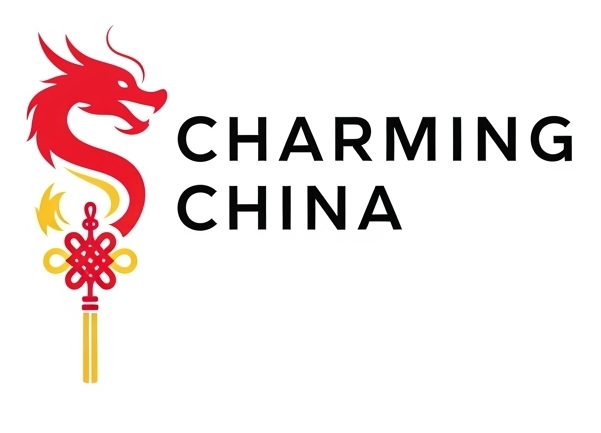Ethnic Minority Clothing – Celebrate the diversity of China’s 55+ minority groups
China is not only home to the Han majority but also to 55 officially recognized ethnic minority groups, each with its own language, customs, and clothing traditions. Their attire is more than just fashion—it reflects identity, history, and belief systems passed down for centuries. From vibrant embroidery to silver headdresses, ethnic minority clothing remains a living symbol of China’s cultural diversity.
The Role of Ethnic Clothing
Ethnic attire often serves multiple purposes:
- Cultural Identity: Distinguishes one community from another.
- Spiritual Significance: Many designs include symbols for protection or good fortune.
- Social Status: Embroidery detail, jewelry, and fabric often indicate wealth or position.
- Festivals & Ceremonies: Traditional attire is essential in weddings, dances, and harvest celebrations.
Examples of Ethnic Minority Clothing
| Ethnic Group | Signature Clothing Style | Key Features |
|---|---|---|
| Miao | Silver crowns & embroidered skirts | Handwoven patterns, large silver jewelry, layered skirts |
| Tibetan | Chuba (长袍) | Long-sleeved robes, often lined with sheepskin or brocade |
| Uyghur | Doppa hat & colorful dresses | Bright silk fabrics, ikat patterns, embroidered caps |
| Yi | Bright layered skirts & headscarves | Strong use of reds, blues, and intricate stitching |
| Zhuang | Indigo-dyed jackets | Natural dye, geometric patterns, and handwoven cloth |
Symbolism in Colors and Patterns
- Red: Happiness, prosperity, and good fortune (widely used in Miao and Yi clothing).
- Blue & Indigo: Nature, earth, and resilience (common among Zhuang).
- Gold & Silver: Power, purity, and spirituality (notably Tibetan jewelry and Miao crowns).
- Patterns: Dragons, birds, and flowers often symbolize protection, harmony, and fertility.
Modern Adaptations
While traditional ethnic clothing is most often worn during festivals, many young people are reviving and modernizing these styles. Designers blend ancient embroidery techniques with contemporary cuts, bringing ethnic elements into daily fashion and even international runways.
Ethnic minority clothing is more than attire—it is a visual archive of culture. Preserving these traditions helps protect languages, crafts, and community identities that are at risk of fading in a fast-changing world.
China’s ethnic minority clothing tells stories of resilience, creativity, and connection to the natural world. Whether you encounter the silver-adorned Miao festival dances, the warm Tibetan robes of the plateau, or the bright Uyghur silk dresses, each piece of clothing represents a living heritage worth celebrating and preserving.
FAQ
Q1: How many ethnic minority groups are in China?
There are 55 officially recognized minority groups, each with distinct attire and traditions.
Q2: Can travelers buy ethnic minority clothing in China?
Yes. Markets in Guizhou, Yunnan, Tibet, and Xinjiang often sell handmade traditional pieces.
Q3: Is ethnic clothing still worn daily?
In rural areas, some groups wear traditional clothes regularly, but in cities, they are mostly reserved for festivals and cultural events.
Q4: What’s the most famous ethnic clothing in China?
The Miao embroidered skirts and silver jewelry and Tibetan chubas are among the most recognized worldwide.
Q5: Why is embroidery so important in ethnic clothing?
Embroidery is both art and storytelling, often used to depict myths, history, and blessings for the future.
